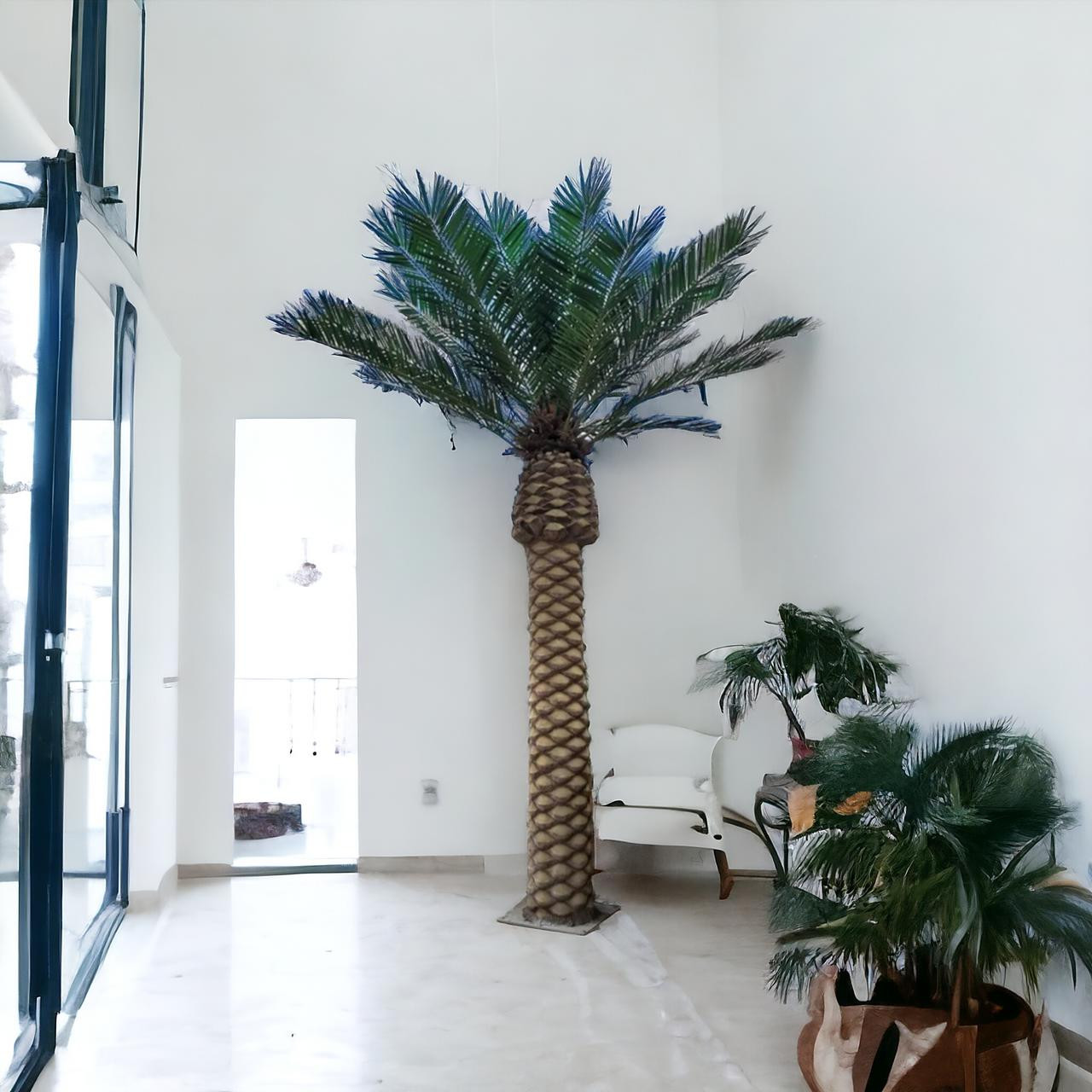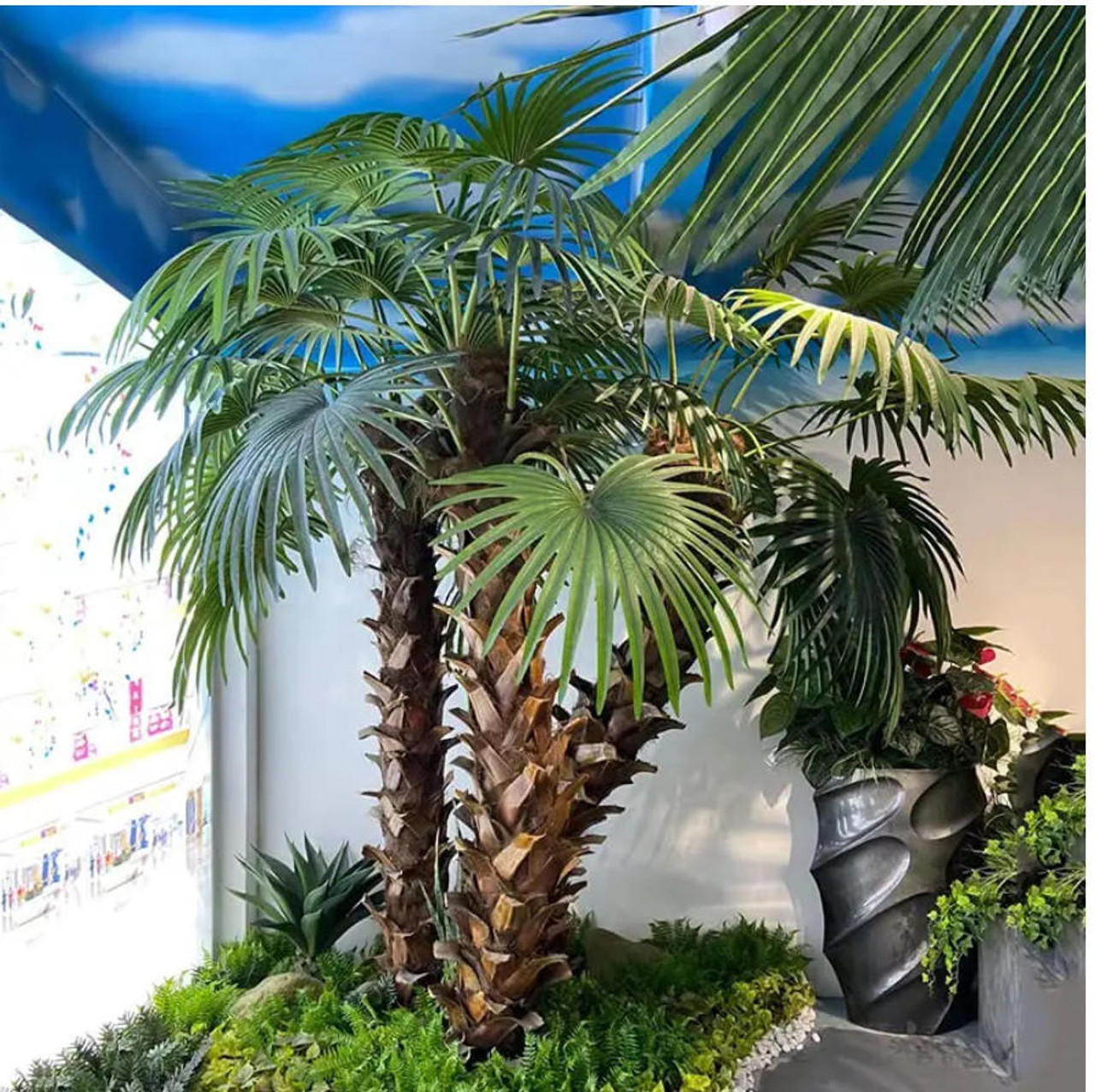How to Achieve the Perfect Lawn with Landscape Artificial Grass Installation
Posted by Jessie Meldrew - Fashion Blogger on Oct 08, 2024
In the realm of modern landscaping, the pursuit of the perfect lawn is often marked by an ongoing battle with natural forces. Weather patterns, soil conditions, and the inherent limitations of climate frequently pose challenges for those intent on cultivating a pristine green space. This is where the concept of Landscape Artificial Grass Installation comes to the forefront, offering a contemporary solution that combines aesthetics, sustainability, and practicality. As we delve into the multifaceted world of artificial grass, we find it blends seamlessly into the narrative of modern landscape design, promising not just visual appeal but also environmental stewardship.
The Evolution of Artificial Grass in Landscape Design
Artificial grass has made significant strides since its origin, evolving from a rudimentary substitute for natural grass to a fully-fledged component of modern landscape design. Once deemed an unconventional choice, landscape artificial grass installation now commands center stage in various residential, commercial, and civic projects. Advances in technology have allowed for the creation of artificial grass that mimics the texture, color, and resilience of its natural counterpart, blurring the lines between the real and the synthetic.
This transition is highly relevant in contemporary design, where the integrity of materials and the authenticity of environments play an essential role. Artificial grass allows for innovative exploration of landscape architecture, where ecology meets technology in a harmonious blend. It presents new open-ended possibilities that stretch beyond traditional design boundaries, infusing creativity with practicality. This evolution is not just about replacing what is natural but enhancing it, offering a palette for artistic expression through precision-engineered materials.
Why Choose Landscape Artificial Grass Installation?
The decision to incorporate artificial grass into landscaping is driven by a plethora of factors that resonate with modern design ethos:
- Water Conservation: An artificial lawn requires minimal water compared to a natural one, aligning with sustainability goals and reducing ecological footprints. This is particularly critical in arid regions or areas experiencing water scarcity, where conservation is imperative.
- Low Maintenance: Artificial grass eliminates the need for mowing, fertilizing, and pest control, offering a seamless, hassle-free grass surface that remains verdant all year round. Homeowners can thus divert time and resources from lawn care to other creative pursuits.
- All-weather Durability: Unlike natural grass, artificial installations withstand the vicissitudes of weather without succumbing to wear and tear. Whether it’s intense sun, heavy rain, or snow, synthetic lawns maintain their lush appearance.
- Aesthetic Appeal: With its uniform texture and color, artificial grass imbues a space with an effortless beauty, remaining vibrant through seasons. It offers the flexibility to design landscapes that are both functional and aesthetically aligned with modern architectural themes.
- Environmental Solutions: Artificial grass prevents soil erosion and can be used in landscapes where natural grass cannot grow, such as shaded areas or gardens with poor soil quality.
In environments where creating and sustaining natural grass is impractical or impossible, landscape artificial grass installation emerges as the material of choice. It enables designers to break free from the limitations imposed by environmental conditions, ensuring beauty and sustainability coexist.
The Process of Installing Artificial Grass
While the thought of creating an artificial grass landscape may seem straightforward, the process involves meticulous planning and execution to achieve the desired outcome. The procedure can be broken down into several critical phases, ensuring that the installation is both aesthetically pleasing and durable.
Pre-Installation Planning
The journey towards the perfect artificial lawn begins with a comprehensive design assessment. This involves understanding the site's topography, drainage capacity, and environmental factors. It is essential to conceptualize the layout and define the purpose of the lawn to ensure it harmonizes with the overall landscape design. This stage requires collaboration between landscape architects, homeowners, or even municipal planners to align the design with the functional needs and visual aesthetics.
Base Preparation
The success of a landscape artificial grass installation largely hinges on the integrity of the foundation. A robust base layer, typically composed of crushed rock or a similar material, is laid to provide drainage and a stable sub-surface. This ensures the longevity of the installation and prevents issues such as waterlogging or uneven settling. The base preparation stage is crucial for mimicking the natural lay of the land, ensuring that artificial grass installations maintain a natural look and feel.
Turf Laying and Finishing Touches
The artificial grass is then unrolled over the prepared surface and cut to fit the designated area. Careful attention is given to the seams where different sections of turf meet to ensure they are invisible. Securing the turf with appropriate anchoring staples or adhesive makes sure it remains in place, providing a smooth, seamless look. Additionally, infill materials such as sand or rubber granules may be used to enhance stability and aesthetics while providing a cushiony underfoot feel.
Design Innovations with Artificial Grass
The installation of artificial grass is not merely a technical undertaking; it offers a canvas for imaginative design. Here are some innovative applications that reflect contemporary landscape architecture's ingenuity:
- Vertical Gardens: Enhance urban spaces with vertical artificial lawns that conserve ground space while adding a striking visual element. This approach can revolutionize urban courtyards, balconies, and even indoor spaces, creating lush, vertical environments.
- Rooftop Oases: Convert rooftops into lush greenscapes that provide insulation and mitigate urban heat. These green roofs not only add aesthetic value but also contribute to energy efficiency by aiding in temperature regulation.
- Customizable Patterns: Customize the installation with different shades and textures of grass to create unique patterns and designs. From checkerboards to intricate motifs, the possibilities are endless, allowing for personalized expressions in spaces traditionally uniform.
- Sustainable Playgrounds: Artificial grass is ideal for children's play areas, providing a clean, safe surface that cushions falls and reduces allergies.
Such innovations reflect the spirit of modern architectural practice, which constantly seeks new ways to challenge conventional uses of materials and space. By embracing these creative possibilities, landscape architects can craft environments that are as functional as they are visually stunning, pushing the boundaries of traditional landscaping methods.
Challenges and Considerations
Despite its numerous advantages, landscape artificial grass installation may pose certain challenges that require thoughtful consideration:
- Environmental Impact: The production and disposal of artificial grass involve environmental costs that must be weighed against its eco-friendly benefits. As awareness grows, the introduction of recyclable materials in production processes is mitigating these impacts.
- Initial Investment: The upfront costs of synthetic grass can be high; however, they may be offset by long-term savings on maintenance and water usage. Understanding the financial implications and performing a cost-benefit analysis are critical in decision-making.
- Heat Retention: Artificial grass absorbs heat more than natural grass, potentially increasing surface temperatures, especially in sunny climates. Incorporating reflective surfaces or using lighter-colored infills can help manage heat.
Addressing these challenges calls for a balanced approach that anticipates potential trade-offs and adapts solutions that align with overarching design goals. Innovations in material science and landscape architecture continue to address these concerns, making artificial grass a more sustainable option over time.
A Sustainable Future with Artificial Grass
The future of landscape artificial grass installation is bright, with an increasing emphasis on sustainable solutions. Advances in materials science are paving the way for biodegradable turf and manufacturing processes that reduce carbon footprints. Designers are encouraged to approach artificial grass with a mindset of both innovation and responsibility, exploring ways to integrate it within green architecture without compromising ecological ethics.
The integration of smart technology into artificial grass systems promises another frontier of innovation. Systems that self-clean, adjust their appearance based on environmental conditions, or even incorporate solar panels are not distant possibilities. As we march towards a future where sustainability intersects with technology, artificial grass has the potential to evolve from a static element into a dynamic component of the urban ecosystem.
Conclusion
Achieving the perfect lawn using landscape artificial grass installation is a dynamic venture that intertwines the wisdom of landscape architecture with cutting-edge technological advances. It offers a resourceful alternative to traditional grass, promoting a wider range of design capabilities without succumbing to the whims of nature. As we continue to redefine the concept of what landscapes can be, artificial grass stands as a testament to our ability to mold materials to fit visionary ideals sustainably and intelligently.
Through careful planning and creative exploration, a landscape adorned with artificial grass can indeed become a cornerstone of modern, sustainable living. It allows us to maintain the delicate balance between our urban environments and natural ecosystems, thus paving the way for landscapes that are both beautiful and ecologically sound. Embracing this evolution in landscape design signals a move towards a future where functionality, aesthetics, and sustainability coalesce in the service of human well-being.




